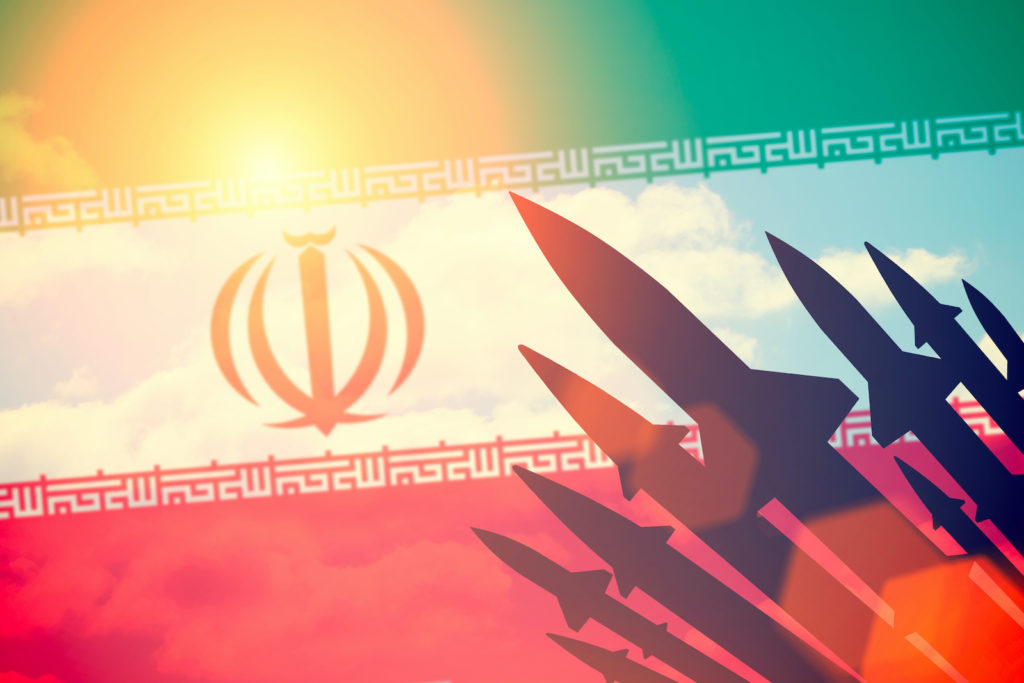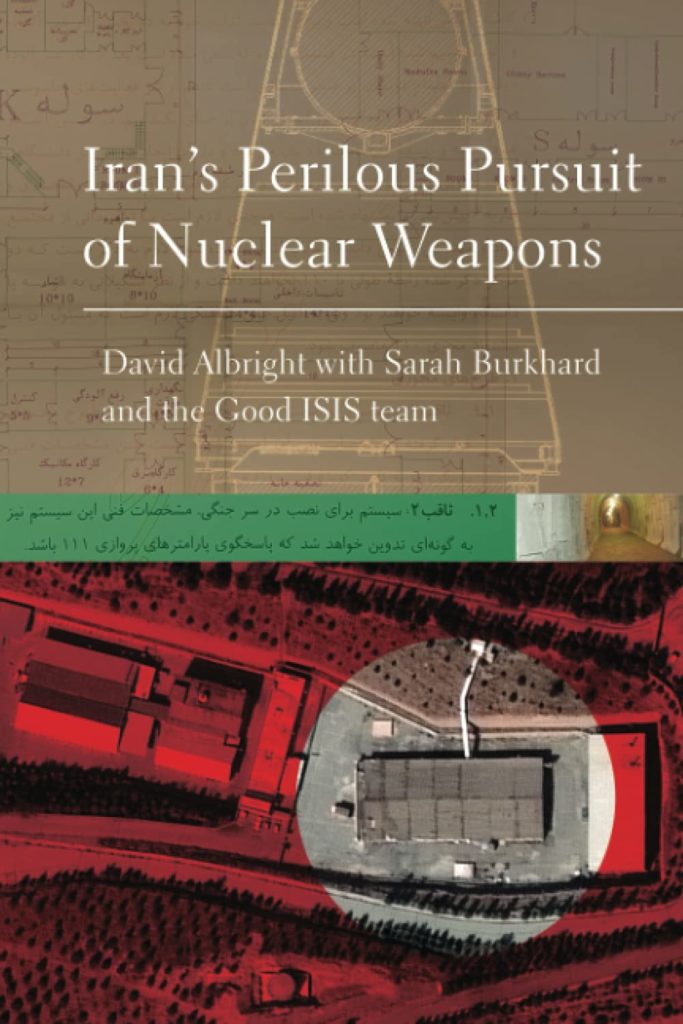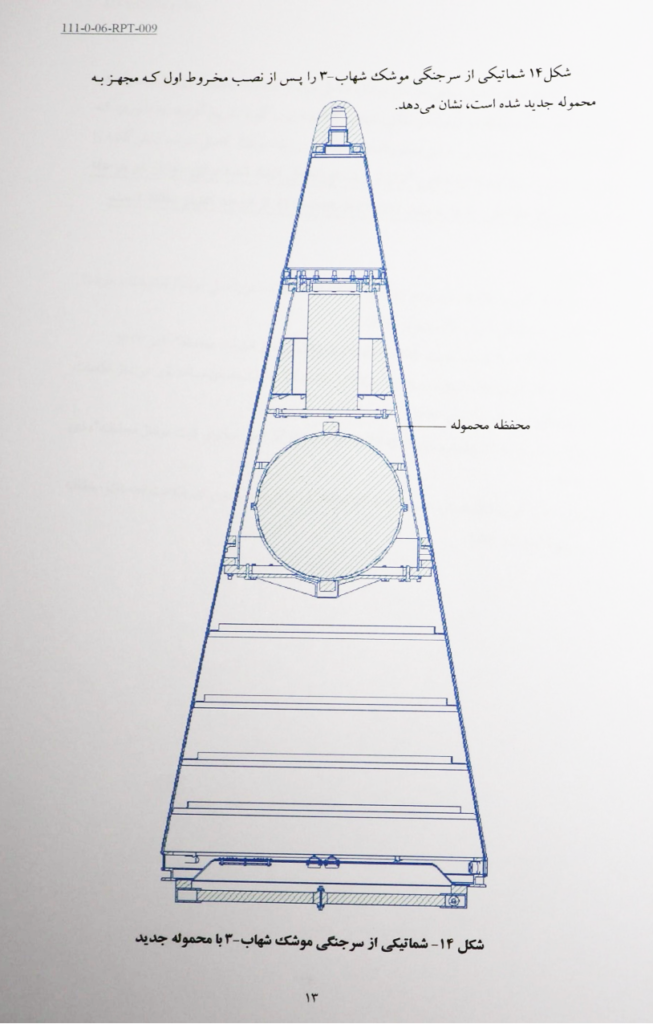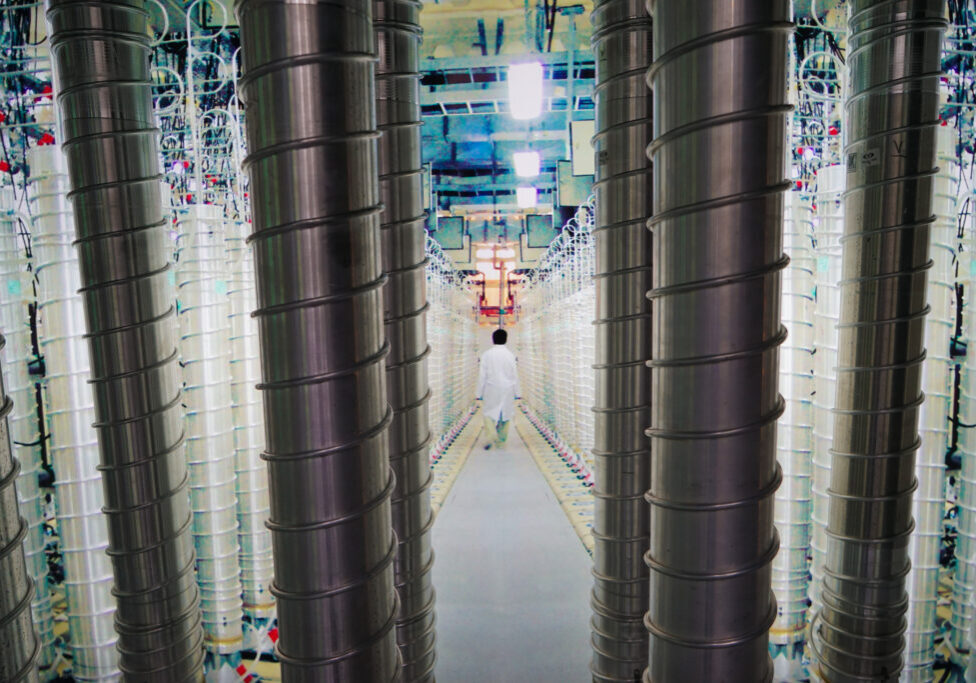Australia/Israel Review
Biblio File: Too late on Iran nukes?
Jul 30, 2021 | Ran Porat

 Iran’s Perilous Pursuit of Nuclear Weapons
Iran’s Perilous Pursuit of Nuclear Weapons
by David Albright and Sarah Burkhard
Institute for Science and International Security Press, 2021, 502 pp., $93.90/$7.99 e-book
This new book by experts David Albright – a former senior weapons inspector in Iraq – and Sarah Burkhard from the Institute for Science and International Security, is an important eye-opener.
Albright and Burkhard were granted unprecedented access to documents from Iran’s secret nuclear archive, seized by Israel from Teheran in early 2018. They also talked to Israeli officials and others familiar with the archive.
This book is a collection of reports published on their Institute’s website, with added necessary context and conclusions. It is not an easy read, loaded with technical terms and details – but the result is astounding. Several important facts stand out after reading it:
Fact one: Khomeini gave the order
The regime in Teheran fears internal dissent and seeks immunity from external threats. These fears are not irrational, based on the trauma of past foreign interventions from Russia, the US and UK (such as the overthrow of Prime Minister Mohammad Mossadegh in 1953) and the war with Iraq (1980-88).
The decision to “reactivate the nuclear program” was taken by the leader of the Islamic Revolution, Supreme Leader Sayyid Ruhollah Musavi Khomeini in April 1984. Quoting an internal IAEA report, Albright and Burkhard reveal that, following Khomeini’s decision, then President of Iran Ali Khamenei (who is now the Supreme Leader), told the regime’s top echelon that acquiring atomic bombs was:
“The only way to secure the very essence of the Islamic Revolution from the schemes of its enemies… A nuclear arsenal would serve Iran as a deterrent in the hands of God’s soldiers”
Khamenei’s words rebut Iranian claims that a never-published fatwa (religious decree) by Khamenei has forbidden building nuclear weapons as un-Islamic, supposedly proving the peaceful nature of the Iranian nuclear program.
Fact two: Iran knows how to produce a home-made bomb
From the late 1990s Iran launched a massive effort to acquire the bomb in its Amad supra-organisational plan – a multi-agency government-sanctioned project to produce at least five atomic bombs by 2003.
The amount of resources devoted to this plan, to keep it going and secret, was staggering. This includes assistance from foreign experts including Russians, Pakistan’s nuclear proliferator AQ Khan and others, materials and equipment procured abroad, and participation of various government bodies and ministries – from defence to intelligence and customs.
Factories were constructed across Iran for producing fissile materials. The Al-Ghadir plant was built in the early 2000s to enrich enough uranium to military-grade for one or two nuclear weapons per year. Testing, research and development of key elements of the project were conducted in other locations, such as Parchin, where high explosives for the warhead were tested.
Eventually, Albright and Burkhard note, Teheran developed “in house capability to understand and design a miniaturized nuclear warhead”, and to analyse and test it. By 2003, the Iranian warhead prototype design was small enough to fit the nose cone of the re-entry vehicle of Iran’s Shahab-3 ballistic missiles.

From Iran’s Nuclear Archive: Schematics of a nuclear warhead in a Shahab-3 re-entry vehicle, May 17, 2019 (Source: ISIS report)
Fact three: The “peaceful” civilian nuclear program IS the weapons program, rebranded
Teheran had to change its strategy after being caught in 2002, when opposition groups exposed the secret uranium enrichment plant at Natanz.
Archive documents show that Amad was not dismantled in 2003, but instead rebranded. The already existing weapons-related sites were put under the authority of the ‘civilian’ Atomic Energy Organisation of Iran (AEOI), and the whole program marketed as a ‘peaceful’ one for energy and scientific purposes. The regime cynically claimed that the Nuclear Non-Proliferation Treaty (NPT), which was bluntly violated by the Amad plan, gave Iran an “undisputed” right to nuclear energy for peaceful purposes.
For instance, after the Al-Ghadir plant was uncovered in September 2009, it was renamed Fordow and is now run by the AEOI.
Part of the price of making its nuclear program public, explain Albright and Burkhard, was that “sites would be subjected to International Atomic Energy Agency (IAEA) monitoring or inspections to defuse international condemnation.” A whole culture of fraud regarding this monitoring followed. The archive contains carefully organised files on methods for deceiving IAEA inspectors, with records up until 2006.
It should be noted that Iran’s nuclear program is not viable as a ‘civilian’ one. The “commercial centrifuge program is a failure; any other country would have cancelled it by now if it were judged solely on economic, civilian grounds”, explain Albright and Burkhard.
Fact four: The JCPOA enabled Amad to continue
To address the Iranian threat, then-US President Barack Obama chose engagement. Together with the EU, China and Russia he devised the 2015 nuclear deal, termed the “Joint Comprehensive Plan of Action” (JCPOA). The agreement was a trade-off: Iran’s nuclear program was given a stamp of approval in exchange for temporary limitations on fissile material production capabilities, as well as invasive monitoring.
The aim of the JCPOA was to appease Supreme Leader Khamenei so he would be convinced not to order a breakout towards the bomb, at least in the short term. This was a sweet deal for the ayatollahs – they received increased regime sustainability through an easing of sanctions which released billions of dollars into Teheran’s coffers. That money was quickly funnelled to Iran’s terrorist proxies across the region, oppression of the Iranian people, corruption, and criminal activities. A special sweetener within the JCPOA was the sunset clauses, which gradually remove almost all limitations on Iran’s nuclear enrichment activities beginning in 2025.
Another carrot was effectively forcing the IAEA to stop investigating “Possible Military Dimensions” (PMD) of Iran’s program after an inconclusive and unconvincing “final” report on PMD in early 2016. This meant Teheran enjoyed impunity for past sins and was effectively able to continue concealed warhead development activities without scrutiny.
Teheran nonetheless violated the JCPOA from day one. Keeping the archive that documented Amad – the recipe book for cooking up an atomic bomb – without revealing it to the IAEA was the gravest breach.
Meanwhile, work on refining a nuclear warhead also continued after 2003, clandestinely and under academic cover. Former Amad project head Mohsen Fakhrizadeh was in charge of this effort until he was killed in late 2020.
In addition, Teheran continued its development of the means to deploy weapons of mass destruction on ballistic missiles. The JCPOA ignored this aspect of Amad and implicitly accepted Teheran’s narrative that these missiles were part of country’s legitimate defence strategy. However, Iran is the only nation in history to develop a 2,000 km-plus range missile without first developing a declared nuclear weapons capability – exposing the real aim of Teheran’s missile program.
Conclusion: Engagement failed
Findings from the archive seized by Israel were an important factor leading to then-US President Donald Trump’s decision to leave the JCPOA in May 2018.
Trump then initiated a “maximum pressure” policy on Teheran by reinstating pre-JCPOA sanctions and imposing new ones. The impact was dramatic – Iran’s economy shrank considerably and its foreign exchange reserves fell from US$122 billion in 2018 to a mere US$4 billion by the end of 2020.
Teheran responded by gradually and carefully escalating its JCPOA breaches, slowly restarting the fissile materials arm of Amad. It did not however ‘race’ for the bomb, deterred by the possibility that Trump would be re-elected in 2020 and the pressure on Iran would increase.
When Joe Biden was elected President in 2020, he fulfilled a campaign promise and quickly launched (indirect) negotiations on a US re-entry to the JCPOA.
The ayatollahs repaid Biden for his eagerness to engage with a vastly accelerated rate of JCPOA breaches.
Armed with a renewed sense of confidence after surviving Trump’s campaign, the regime has now effectively abandoned any pretence that it seeks civilian nuclear capabilities. Instead, many Iranian steps can only be explained in connection with bombmaking, such as the production of enriched uranium metal, usable only for the core of a nuclear weapon, and enriching uranium to 60% – almost military-grade. Teheran also aggressively undermined supervision of its program by increasing harassment of IAEA inspectors and removing electronic monitoring devices from sites.
Today, Iran is only a whisker away from achieving the strategically crucial status of nuclear threshold state. The archive documents, as analysed by Albright and Burkhard, tell the story of how Teheran got there, and how the international community fumbled its efforts to stop one of the world’s most dangerous regimes.






